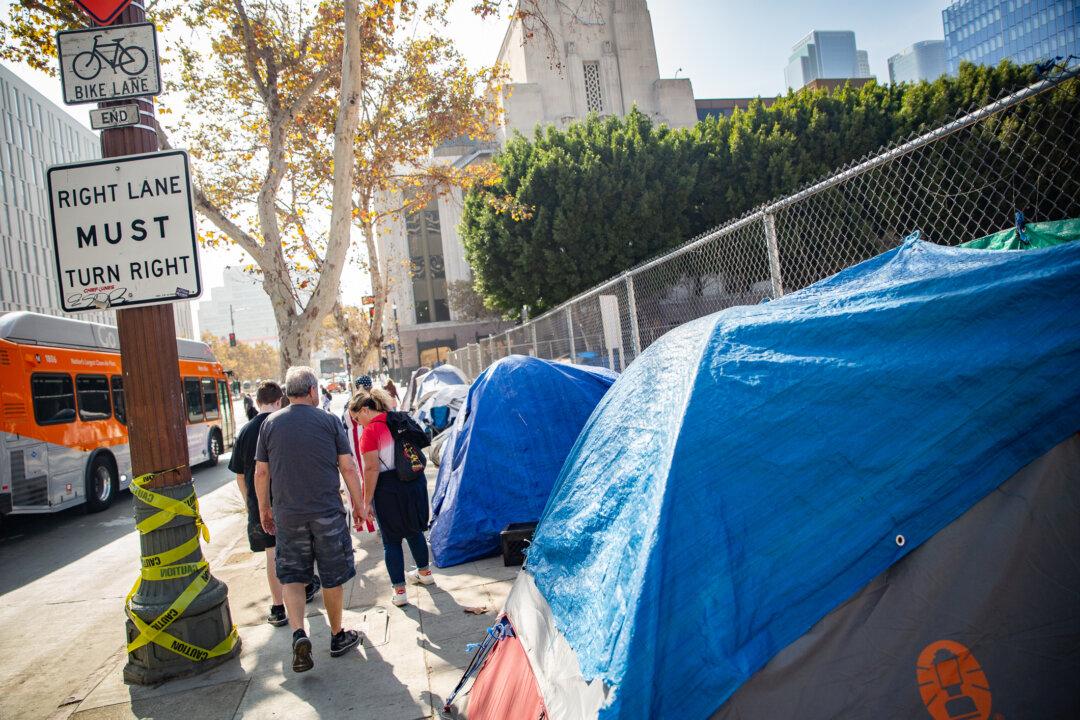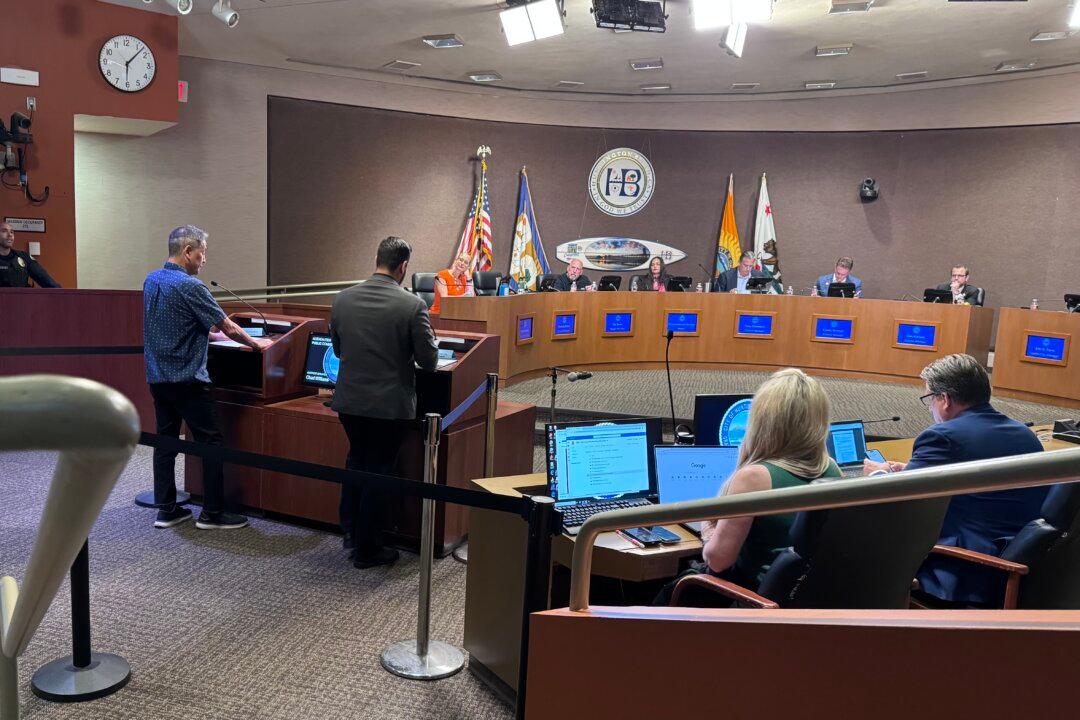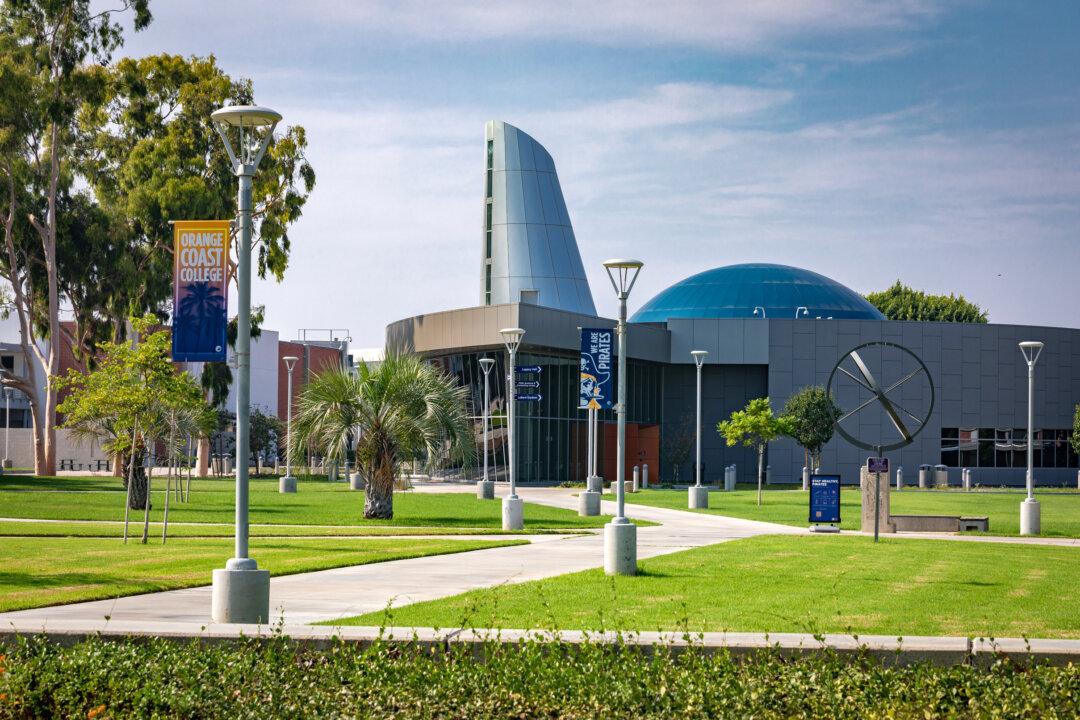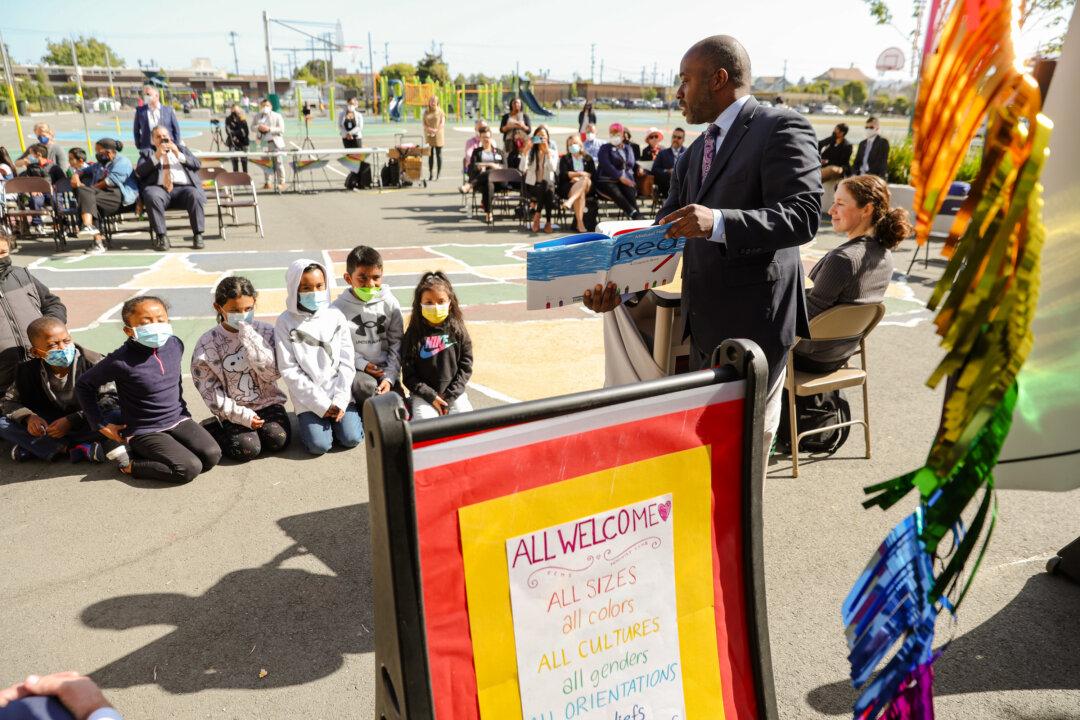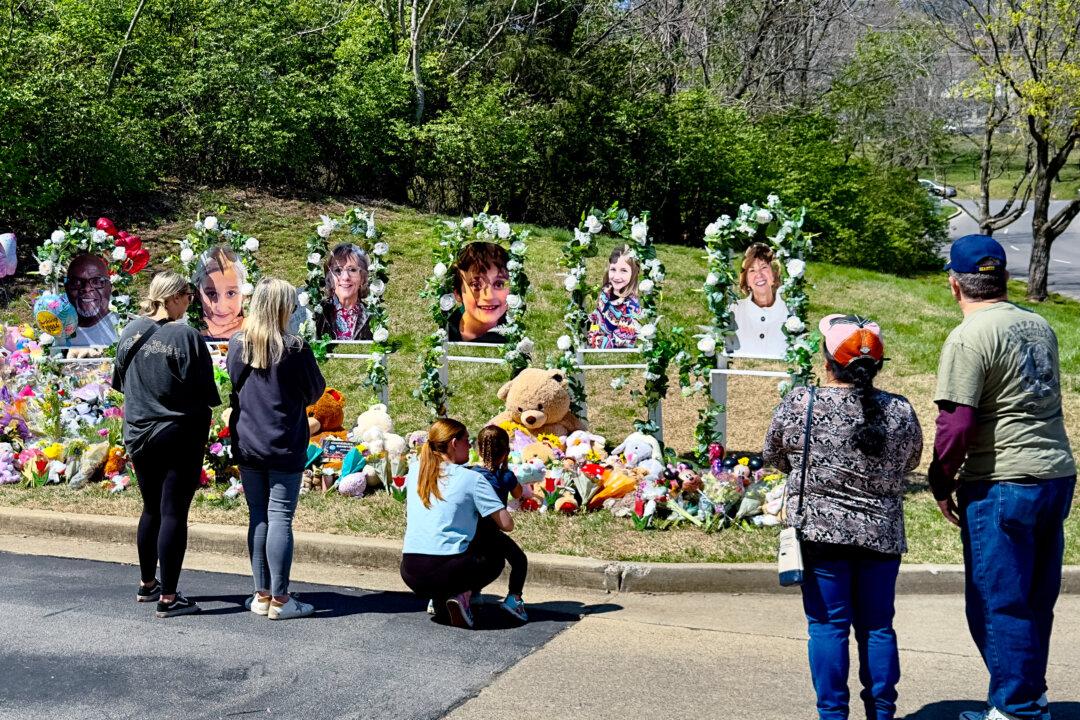Los Angeles Council District 13 is preparing to clear large homeless encampments in parts of Koreatown.
On Dec. 23, Councilman Mitch O’Farrell’s office put up flyers around the neighborhood warning encampment residents of a “notice of major cleaning” on Dec. 28 followed by a full encampment clearing on Jan. 5.
